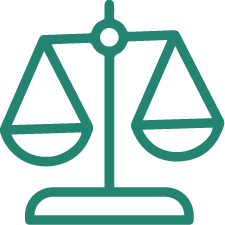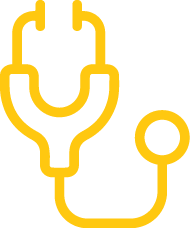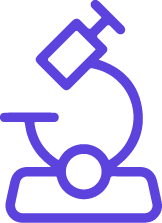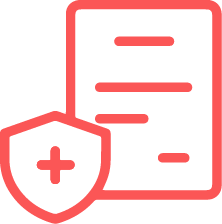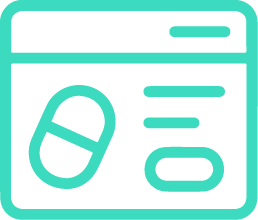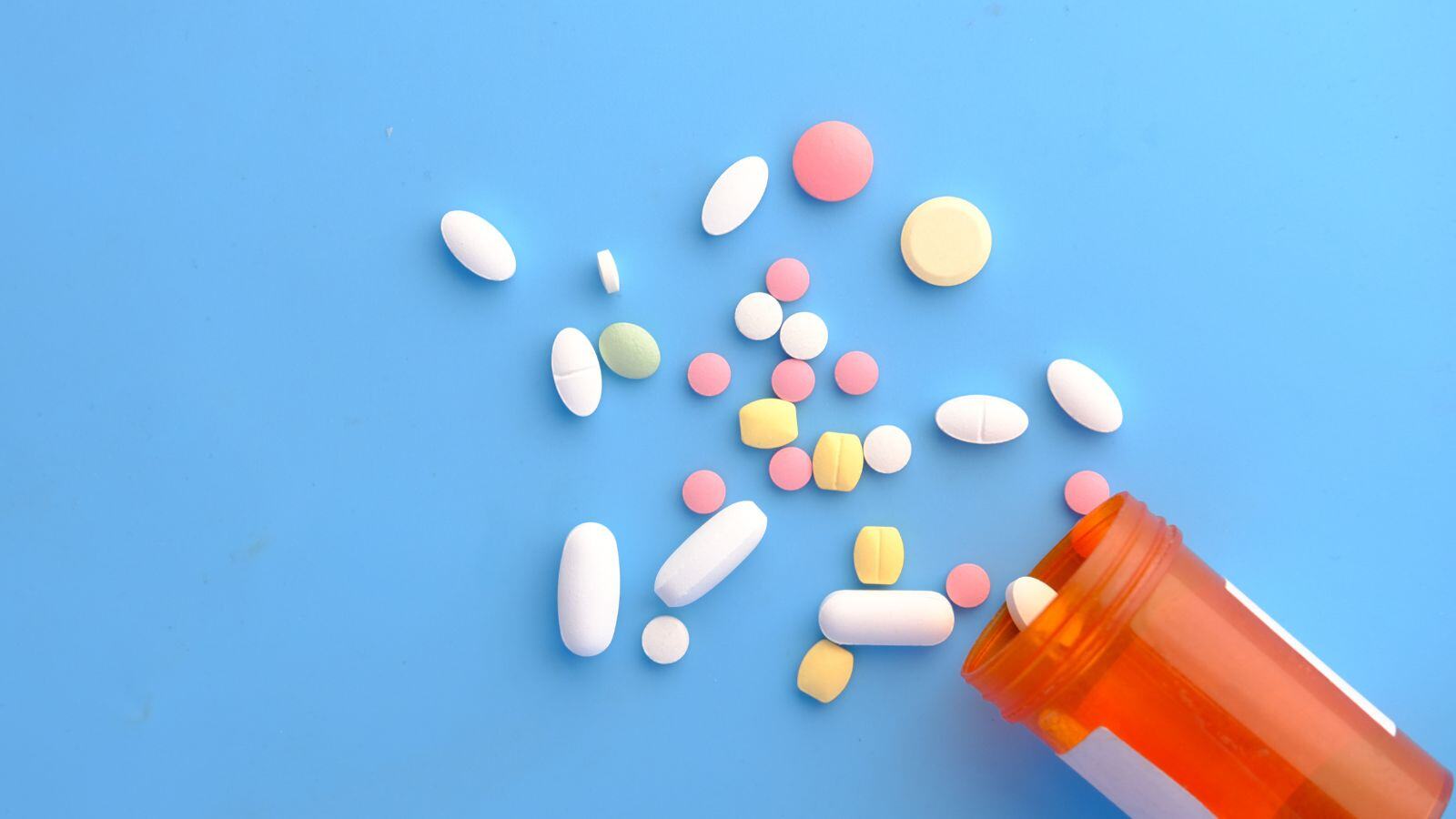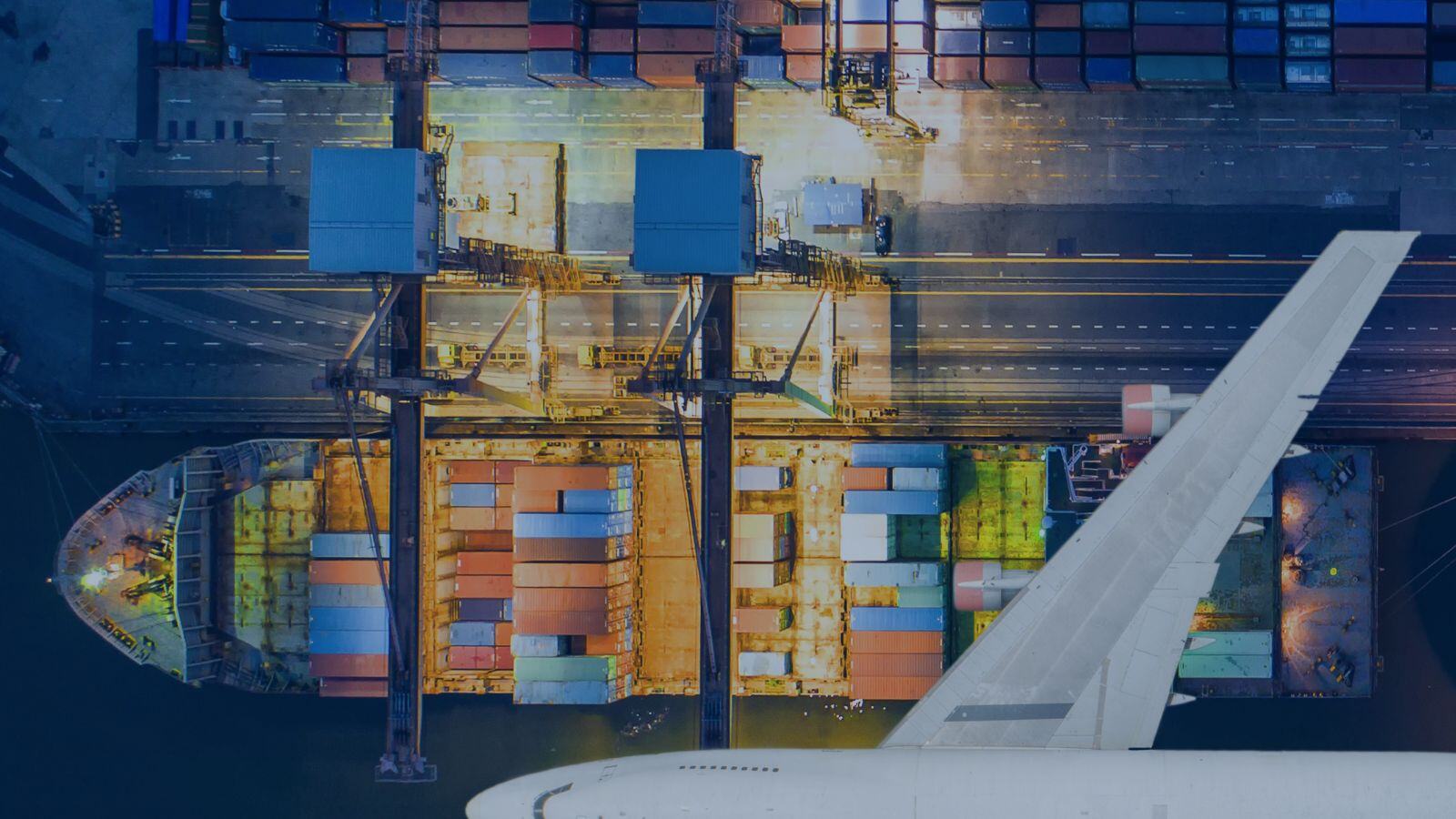In an era of increasing globalization, the pharmaceutical landscape is undergoing significant changes. This blog post offers a structured insight into the nuances of importing medicinal products into the EU, discussing the regulatory, fiscal, and strategic aspects of this endeavor.
EU import: an overview
In recent years, medicinal products for the EU market have been increasingly manufactured outside the EU. Although this trend is particularly evident in the manufacture of active ingredients, it is clear that a similar trend is also occurring in the manufacture of medicinal products.
Moreover, globalization has made supply chains more complex. EU regulations have responded to this by classifying importers of medicines as manufacturers, requiring them to obtain a Manufacturing Authorization (MIA), thereby providing a regulatory framework to address this situation.
As MIA holders, importers are required to comply with Good Manufacturing Practice (GMP) requirements, such as:
- setting up a pharmaceutical quality system,
- having sufficient staff and premises for the activities in question,
- making appropriate arrangements for managing complaints and recalls of medicines,
- and implementing procedures to control their supply chains.
GMP Annex 21: GMP requirements for MIA holders
Purpose and applicability
GMP Annex 21 outlines the GMP requirements applicable to Manufacturing Import Authorisation (MIA) holders when importing medicinal products from outside the EU/EEA.
It is worth noting that this annex applies to
-
-
Medicinal products for human use
-
Medicinal products for veterinary use
-
Investigational medicinal products
-
It does not cover products that do not have marketing authorization in the EU/EEA and are directly re-exported.
Definition of the term “import”
The document provides a common interpretation of the term import, which is defined as the physical introduction of a medicinal product from outside the territory of the EEA/EU. The release of batches of medicines with QP can only take place after physical import and customs clearance in the EU/EEA state.
Sites with specific responsibilities
Sites that are considered to have specific responsibilities with regard to the importation of a medicinal product are:
- Site of Physical Import
- Site of QP certification
These sites are explicitly mentioned in this Annex 21, but can only be seen in relation to the other actors in the entire supply chain, including:
- Manufacturer of the API
- Manufacturer of the medicinal product in the third country
- Transport companies involved
- QC testing site for the imported products
- Marketing Authorisation Holder
Legal requirements in the absence of a mutual recognition agreement (MRA)
Where there is no mutual recognition agreement (MRA), it is a legal requirement to test each batch upon import into the EU prior to certification and release in accordance with Annex 16 of the GMP Guide.
The requirements for where the testing should be carried out (“in a Member State”) and the minimum testing requirements for products manufactured in third countries are set out in Article 51(1)(b) of Directive 2001/83/EC for medicinal products for human use and in Article 55(1)(b) of Directive 2001/82/EC for medicinal products for veterinary use.
Responsibilities across the supply chain
Responsibilities of the Marketing Authorisation Holder
Annex 21 references other relevant chapters and annexes in the Eudralex Guidance. The responsibilities related to certification by a QP and batch release were already clearly outlined in Annex 16, but Annex 21 emphasizes the responsibilities of the marketing authorisation holder (MAH) throughout the cycle of manufacture and importation of medicinal products.
For example, the guidance states that for the certification of a QP, the marketing authorisation holder (MAH) should have access to the complete documentation of the batch at all times. While this practice is standard, it emphasizes the pivotal role the MAH plays in providing the QP with access to all essential documents.
The annex explicitly states that the overall responsibility for the marketing of medicinal products rests with the marketing authorization holder.
Responsibilities of the site of physical importation
To import products into the EU, wholesale distributors receiving medicinal products from third countries must hold a Manufacturer Importer Authorisation (MIA) for the site where the physical importation takes place.
A manufacturing relationship has to be contracted between the importer of the medicinal product and the contracted manufacturer to cover the storage area of the batch originating in a third country that has not yet been released by the importer’s qualified person (QP). For this reason, it has to be stored in a quarantined warehouse.
There must be written agreements between all the sites involved. Importers are required to adhere to GMP standards as MIA holders. This includes establishing a pharmaceutical quality system, having sufficient personnel and workspace for the relevant activities, planning appropriately for the handling of complaints and recalls, and implementing protocols to manage their supply chains.
Additionally, a written agreement should be signed between the parties engaged in manufacturing and importation activities and the MAH and should set out the respective responsibilities of the MAH, the importer, the QC testing laboratory, the QP certification site, and the third country manufacturer.
Responsibilities of the Qualified Person
It is a legal requirement that the QP certify each batch to ensure that all medicinal products imported from third countries are manufactured under the EU GMP standards and that products undergo Quality Control (QC) testing upon import into the EU unless a Mutual Recognition Agreement (MRA) is in effect. Therefore a GMP-compliant QC Laboratory must re-test each batch coming into the EU. The QC methods should be validated or transferred from the manufacturing site.
The importing entity, represented by a Qualified Person (QP), is responsible for certifying the compliance of each batch before release into the EU market. The specific responsibilities are outlined in Annex 16. Full batch documentation must be provided to the MIA holder responsible for the QP certification of the batch to ensure ongoing product quality. Relevant ordering and delivery documentation, including transportation details (e.g., temperature monitoring records), should be included in the batch documentation. If batches have been subdivided and individual quantities imported separately, documentation confirming quantity reconciliation should be provided at the QP certification site.
The QP of the importing site must also ensure the existence of an ongoing stability program, although the testing may take place in a third country, provided the QP has access to the relevant protocols, results, and stability reports.
Additionally, the certifying QP oversees making sure that reference and retention samples were obtained in compliance with the relevant GMP.
The Product Quality Review (PQR) plays a crucial role in enabling the certifying QP to effectively oversee the entire process. As part of this review, the analytical results from the import test site should be compared to those in the certificate of analysis prepared by the third-country manufacturer.
Importing MIA entities should also maintain clear traceability of the supply chain, from manufacturing to distribution, at all times. A risk assessment of the supply chain should be carried out to pinpoint and address potential vulnerabilities… Importing entities must monitor and report any adverse events or safety concerns associated with the imported products, a process commonly referred to as pharmacovigilance.
Pharmacovigilance is a crucial component of the pharmaceutical industry and regulatory framework, designed to systematically and proactively track and evaluate the safety of medicinal products once they are available on the market. Importing entities, including wholesale distributors and manufacturers involved in the importation of pharmaceuticals into the European Union (EU), bear the responsibility of participating in this critical process.
Responsibilities of third-country manufacturers
Third-country manufacturers are obliged to adhere to Good Manufacturing Practices (GMP) standards equivalent to those required within the EU. This includes maintaining appropriate facilities, equipment, personnel training, and documentation practices. Compliance with EU GMP might be a challenge for third countries.
Therefore, it is essential to undergo proper training and mock inspections before engaging EU member state inspectorates for facility audits. For facilities that have never been inspected by foreign authorities, this can present a substantial challenge. A sufficient amount of time and resources should be allocated to ensure that the GMP facility is EU-GMP compliant before the official inspection takes place.
Finished product manufacturers should conduct incoming inspection and testing of raw materials, active pharmaceutical ingredients, and packing materials to ensure they meet established specifications. Furthermore, the finished product manufacturers should conduct audits of their suppliers to ensure the quality and authenticity of raw materials and components used in the manufacturing process. The manufacturing sites must maintain detailed records that enable the traceability of each batch of medicinal products throughout the supply chain.
It is the responsibility of the finished product manufacturers to perform stability studies to determine the shelf life and storage conditions of products. The International Council for Harmonization of Technical Requirements for Pharmaceuticals for Human Use (ICH) has developed comprehensive ICH guidelines for the stability testing of pharmaceutical products.
The ICH guidelines provide a standardized approach for stability testing across different regions, including the United States, Europe, and Japan. By following the ICH guidelines and considering the key factors that can affect stability, pharmaceutical companies can develop high-quality products that meet regulatory requirements and patient needs.
Manufacturers should ensure that packaging and labeling comply with EU standards, including information on product identification, usage instructions, and safety warnings. Manufacturers must ensure the integrity of data and prevent data manipulation or falsification.
The European Union (EU) Falsified Medicines Directive amends Directive 2001/83/EC to safeguard public health by protecting the pharmaceutical supply chain from infiltration by falsified (or counterfeit) medicines It introduces new regulations for stricter oversight of the supply chain, including more rigorous record-keeping for wholesale distributors, enhanced inspections of pharmaceutical producers, the implementation of an EU-wide quality mark to identify online pharmacies, and the requirement for obligatory safety features on packages… With respect to the packing, the FMD requires that a unique identifier must be encoded in a two-dimensional data matrix code printed on each unit of sale package which is to contain the product code, a randomized serial number, the expiration date, and the batch or lot number.
Clearly, in an increasingly globalized world, pharmaceutical manufacturing and supply chains can make it complicated to maintain an overview of the entire process.
VAT and customs duties
Importing medicinal products into the European Union (EU) entails not only adhering to stringent pharmaceutical regulations but also navigating the complex landscape of Value Added Tax (VAT) and customs duties.
VAT, a consumption tax levied on the value added to goods and services at each stage of production or distribution, is a crucial consideration for importers. The VAT rules for pharmaceuticals can vary from one EU member state to another, adding another layer of complexity. Importers must ensure they have a valid VAT number to comply with local tax regulations.
In addition to VAT, customs duties are imposed on goods imported into the EU from non-EU countries. These duties can significantly impact the cost of imported medicinal products. The exact customs duties depend on factors such as the product’s classification, its country of origin, and any preferential trade agreements in place. Importers must accurately classify their products and be aware of applicable customs duties to avoid unexpected expenses and delays at the border.
To facilitate smooth importation processes and minimize the financial burden of VAT and customs duties, importers should consider consulting with experts well-versed in EU tax and customs regulations. This proactive approach can help importers make informed decisions, ensure compliance, and optimize their supply chain operations within the EU market.
Need assistance with EU GMP import?
If you want to import medicinal products into the EU, you need an EU import site with QP and GMP accreditation. Setting up such an entity is expensive in terms of investment in infrastructure, equipment, personnel, etc.
By outsourcing these activities to the QbD Group, you will have a clear picture of the costs upfront and will have access to our experts for QC, QP, and RA for importing medicines into the EU. QbD holds Manufacturer’s / Importer’s Authorisations (MIAs) for the importation and QP certification of both Commercial and Clinical products within the EU.
If you intend to import medicinal products into the European Union (EU), a crucial requirement is to establish an EU import site equipped with both Qualified Person (QP) and Good Manufacturing Practice (GMP) accreditation.
This process can be complex, resource-intensive, and expensive, involving substantial investments in infrastructure, state-of-the-art equipment, qualified personnel, and adherence to stringent regulatory standards.
Setting up and maintaining such an entity demands a deep understanding of EU pharmaceutical regulations, quality control (QC) standards, and the role of the QP in ensuring product quality and compliance. This complexity often leads organizations to explore alternative options to streamline the importation process and ensure compliance with EU regulations.
Outsourcing these activities to the QbD Group, which has expertise in the importation of medicinal products into the EU has several advantages.
- Cost Clarity: Outsourcing allows importers to have a clear and predictable understanding of the costs involved upfront. This transparency helps in budget planning and financial management.
- Access to Experts: Importers benefit from the extensive knowledge and experience of experts in QC, QP certification, and Regulatory Affairs (RA) specific to importing medicines into the EU. These experts navigate the intricate regulatory landscape, ensuring compliance at every step of the process.
- Manufacturer Importer Authorisations (MIA): QbD holds an MIA, essential for the importation and QP certification of both commercial and clinical products within the EU. This eliminates the need for importers to obtain these authorizations individually.
- Efficiency and Compliance: Outsourcing streamlines the importation process, enhances efficiency, and ensures compliance with EU regulatory requirements. It allows importers to focus on their core operations while experts handle the complexities of importation.



